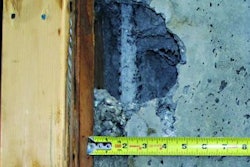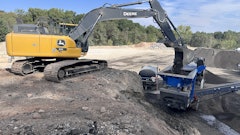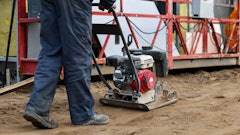Construction spending continued to show a mixed and volatile pattern in July as large monthly declines in public spending, residential improvements and factory construction exceeded increases in other private nonresidential, home and apartment construction, the Associated General Contractors of America recently reported in an analysis of new Census Bureau data. Association officials said the data reflects continued weakness in the overall construction market.
"The construction spending pendulum is likely to keep swinging between gains and losses, given the spotty increases that are occurring in private investment and sharp declines in federal, state and local construction budgets," the association's chief economist, Ken Simonson, said. "The only consolation is that total spending has stopped falling from year-ago levels."
Simonson noted that total construction spending in July 2011 was $790 billion, a 1.3 percent drop from the upwardly revised June estimate of $800 billion and nearly identical to the July 2010 total. Private power construction and improvements to existing single- and multi-family structures both jumped 22 percent over 12 months, while private commercial construction - retail, warehouse and farm - climbed 13 percent. In contrast, public construction shrank by 8.8 percent, as the two largest public segments - highway and street and educational construction - fell 3.8 percent and 13 percent, respectively.
"The figures on private construction should be approached with caution," Simonson warned. He noted that the Census Bureau's latest estimate for May is $34 billion, or 4 percent, higher than the initial estimate, and the June estimate jumped $27 billion, or 3 percent, since August 1. The apparent decrease of 1.3 percent from June to July may ultimately be an increase - or an even larger decline, he suggested.
Association leaders said given the continued weak demand for construction that it was essential for Congress and the White House to act on long-delayed aviation and transportation legislation. "Letting tens of billions of dollars worth of highway, transit and airport construction projects lapse would be a devastating blow for an already hard-hit industry," said Stephen E. Sandherr, the association's chief executive officer.


















